JOHN PRICE
PROGRAMME 1
Filmoteca de Galicia | Wednesday May 31st | 7:30 p.m. | Free entry to all venues until full capacity. It will not be possible to enter the venues after the screening has started.
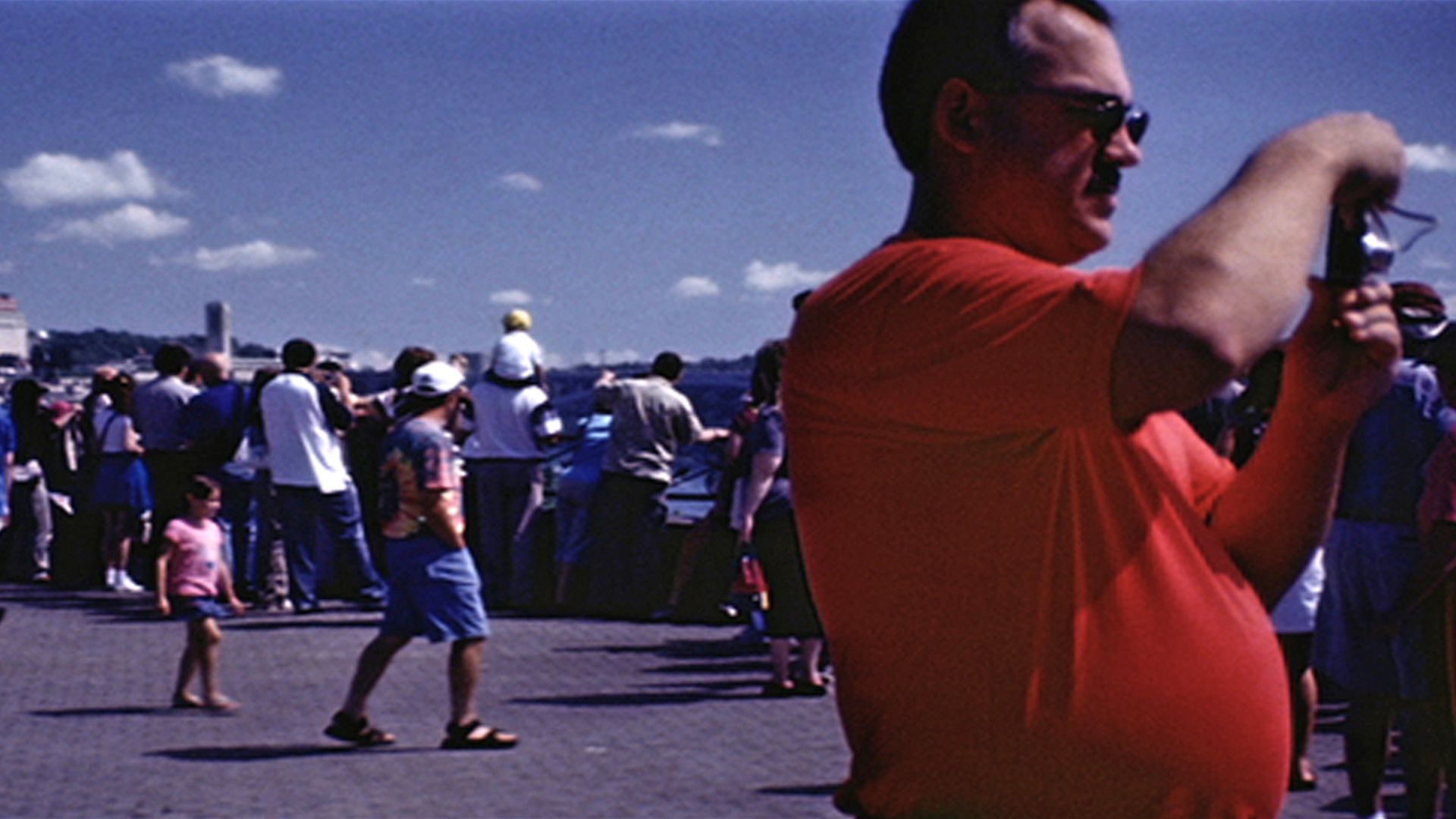
VIEW OF THE FALLS FROM THE CANADIAN SIDE
John Price, 2006, Canada, 35mm, 7 min.
This is a film commissioned by The Liaison of Independent Filmmakers of Toronto for the “Film is Dead – Long Live Film” collective project. In 1896, William Heise shot the first 35mm motion picture images of Niagara Falls. The four-perforation camera system he used was designed and built by Thomas Edison and William K. Dickson. The stock was manufactured by George Eastman to Edison’s specifications. This film was photographed using the same essential technology and is dedicated to the visionary ideas of those pioneers. (John Price)
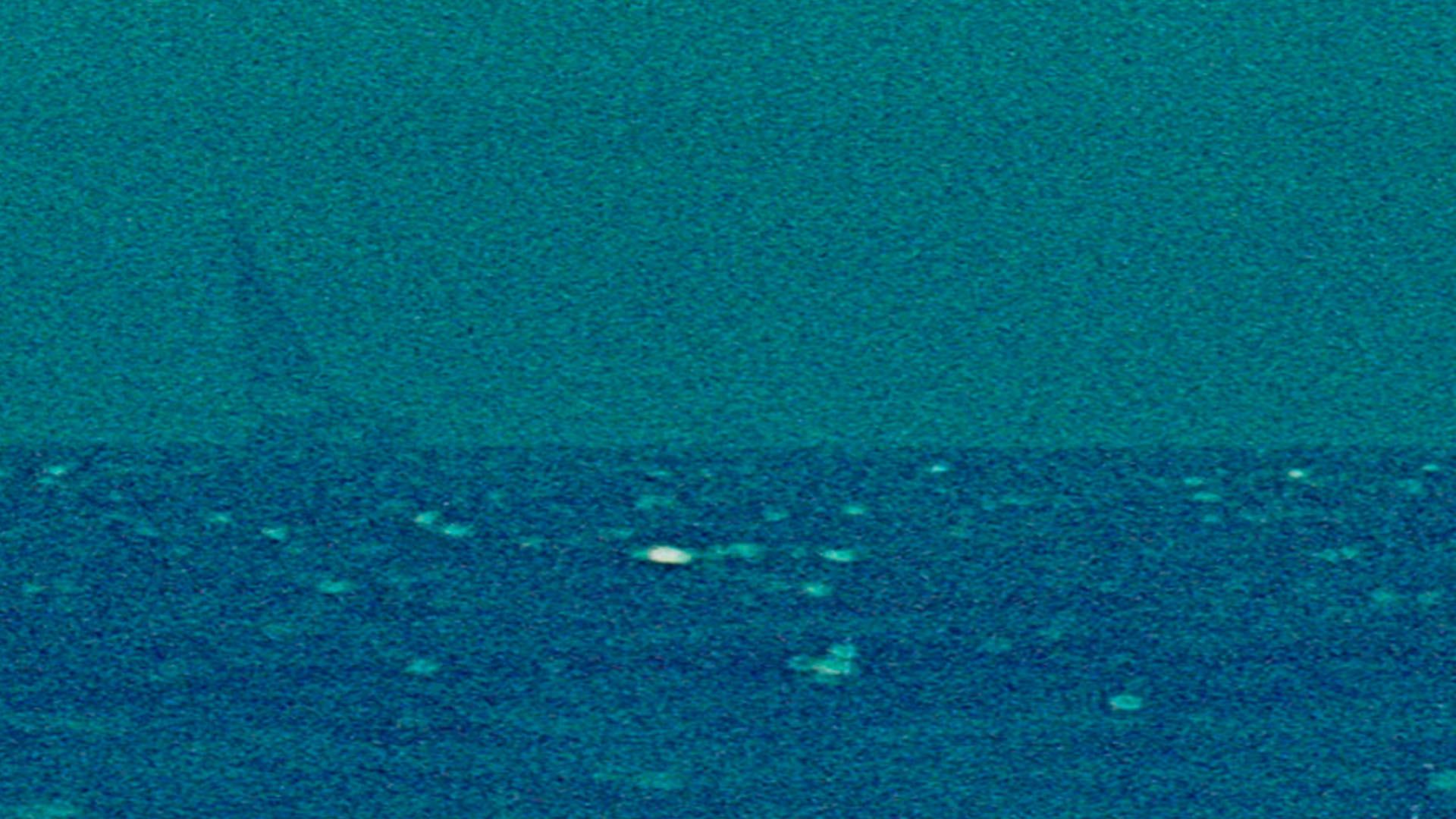
SEA SERIES #10
John Price, 2011, Canada, 35mm, 11 min.
According to a group of Christian fundamentalists, on 21st May 2011 Jesus would return to earth and the hand of God would reach down and gather up his ‘chosen ones’ to heaven. The rest of us were supposed to perish in an apocalypse of fire and flooding. I thought that the beach might be a good spot from which to witness the spectacle. Shot on an afternoon at the Pickering nuclear generating station 30 km outside Toronto, and developed partly with water from the lake, the film was inspired (or provoked) by reports of what was happening across the ocean in Fukushima. (John Price)

PARTY #1
John Price, 2005, Canada, 35mm, 3 min.
A celebration of old double-perforated Ektachrome stock blown up to 35mm…screened just as it was shot in the camera. (John Price)
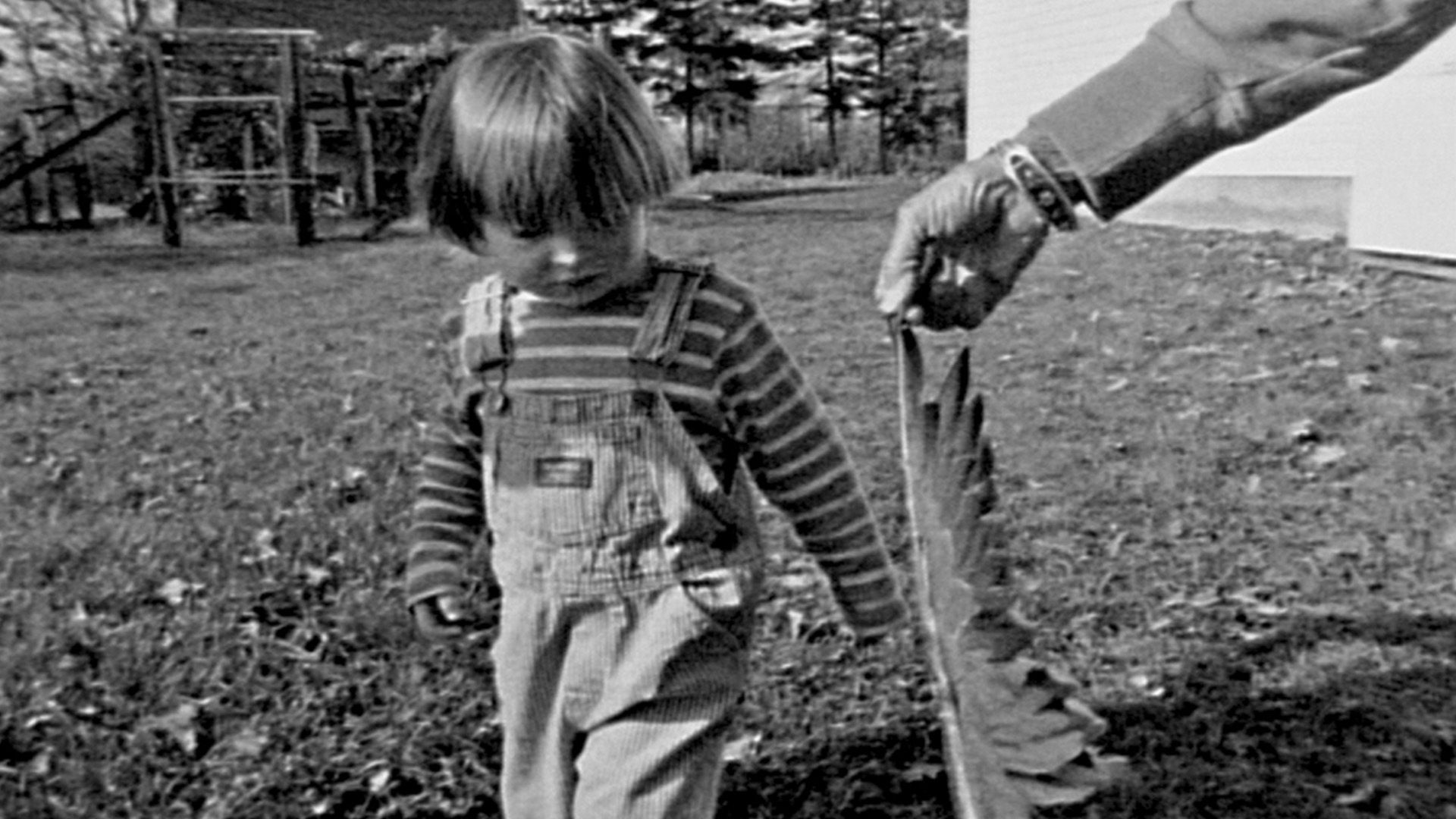
CAMP SERIES #2
John Price, 2007, Canada, 35mm, 7 min.
A Thanksgiving weekend with the family on duck-hunting land on the Ottawa River. (John Price)

GUN/PLAY
John Price, 2006, Canada, 35mm, 8 min.
After shooting a strange event that occurred spontaneously on a secluded beach, I realized that there were two rolls shot years earlier that might be able to turn bring them all together into a triptych. This was a subconscious reaction to the escalating gun violence in Toronto. (John Price)
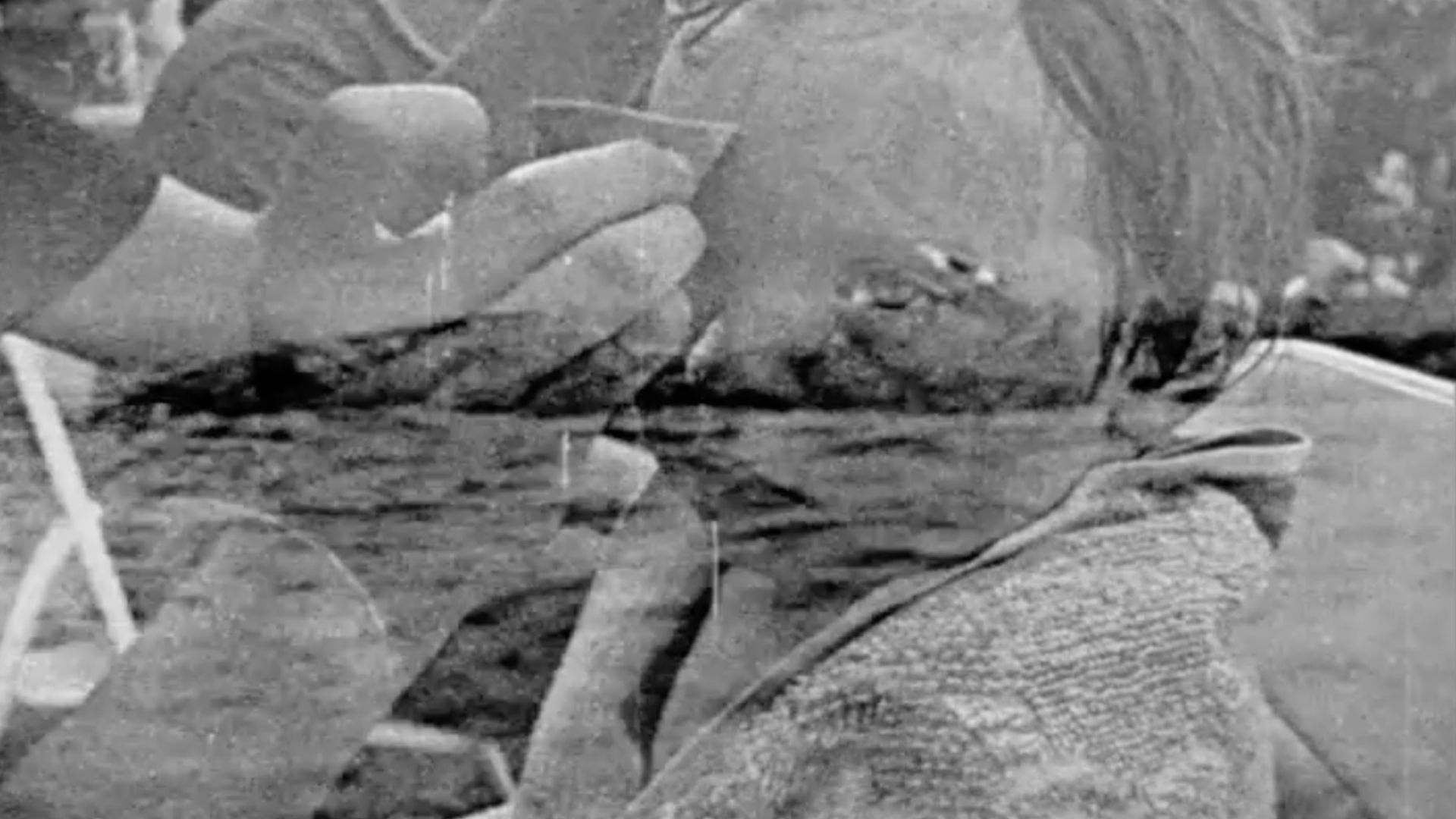
SEA SERIES #24
John Price, 2023, Canada, 35mm, 11 min.
The appearance of windmills along the coast of the St Lawrence River and the neglected swimming pool beside the summer cottage I’ve rented for many years bring to the foreground the changes that are taking place in one of the most beautiful places on earth. (John Price)
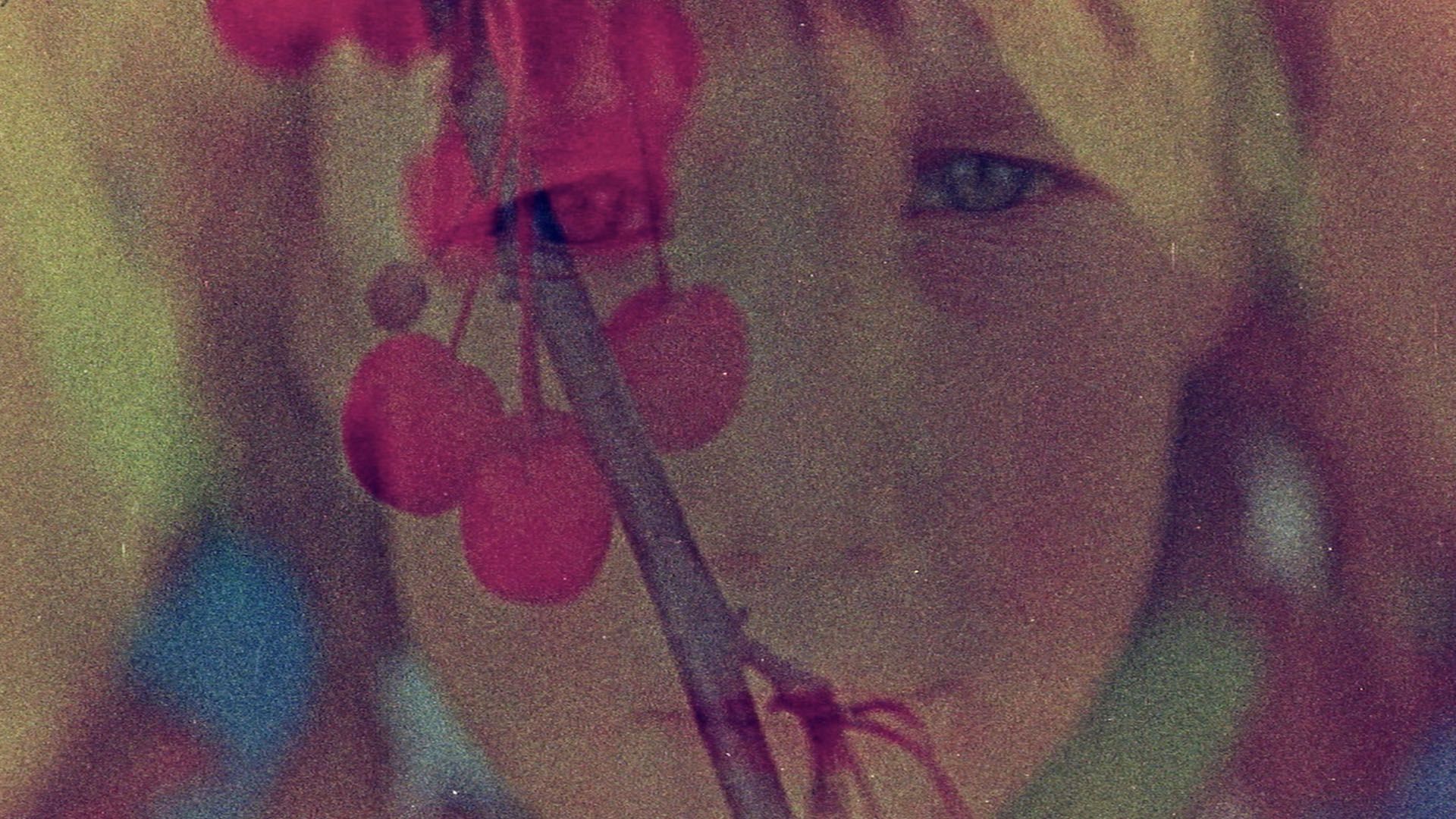
NAISSANCE #2
John Price, 2020, Canadá, 35mm, 16 min.
Tests on expired 35mm film emulsions over time turn into a portrait of how I will always remember my daughter’s childhood. Shot with a clunky old Russian movie camera and a lens that turns whatever’s in front of it into magic. (John Price)
JOHN PRICE
A MINIMAL EPIC
When we think of transcendentalism, the wave of philosophical thought that arose in the United States in the 19th century, then the ideas of Ralph Waldo Emerson and his essay Nature immediately spring to mind. For Emerson, intuition and observation were the fundamental pillars upon which the human being relies to come into contact with “cosmic energy” (or the idea that each person has of “god” or spirituality) through contact with nature. With all of this and its religious base, transcendentalism was a nonconformist, idealistic movement capable of prefiguring a new world. For transcendentalists, each individual’s soul is identical to the soul of the world, and it contains what the world contains.
This intuitive path proposed by Emerson based on the capacity of the individual’s conscience without the need for miracles, religious hierarchies or mediations is echoed down through time in the work of the Canadian John Price. Often composed of simple motifs such as seascapes, roads or observations of his children, Price’s films seem in line with this way of coming into contact with the transcendental, connecting the earthly and the otherworldly through his particular use of cinema. They are minimal films while at the same time epic in their connection with the world and the resonances they bring about in those who watch them.
Price, who has been involved with cinema since 1986, has attained this kind of minimal epic by using framing that seems to encapsulate the essential, and by experimenting with the possibilities of analogue photography. On the one hand, there are the mechanical possibilities. All of the works that we shall see are made in 16mm and 35mm using different types of cameras, some from the dawn of cinema, wind-up ones, devices that in their way of imprinting the film seem to contain their own memories and layers of history. Overlays, which he uses on many occasions, are a capability unique to photographic and cinematographic cameras: the images thus open up to a depth of meanings that flow together, and to the visual richness of a visual puff pastry. On the other hand, Price also makes use of the alchemy typical of photochemical filmmaking, experimenting with different types of emulsion and expired stock, sometimes with unexpected results. The textures created thus approach the pictorial, immersing us in landscapes and faces of grainy delicacy and singular colours.
The first session in the programme is dedicated to Price’s 35mm works, perhaps his most characteristic. Two of the parts in his Sea Series, maritime landscapes portrayed almost as if they were a painting in movement, thus recall the well-known pictorial genre of seascapes. Each Sea Series reflects a concern linked to each of its background landscapes: even with the tranquility they convey, there is a sense of ecological urgency running through them. The programme will also include the most sophisticated “home movies” ever seen, dedicated to the birth of their children, their birthday parties, one of their sons playing with a gun, and a camping trip. The films’ texture and Price’s way of filming lend these birthdays seen thousands of times in family photos a dreamlike air, like memories wrapped in the cotton wool of memory. Likewise, a visit to Niagara Falls, where many tourists congregate, turns that same idea of a souvenir on its head: Price films the amateur photographers and filmmakers milling around there, to then portray the natural monument itself with resounding simplicity.
The second session is devoted to his 16mm films, which reflect concerns other than those mentioned above. Now we can see the experiments with solarisation and with photochemical manipulation of colour in works such as fire #3, Sunset and Wreck/Nation, which at times almost verge on abstraction and also show a vision at times more apocalyptic than lyrical, as well as works like The View Never Changes, which are more similar to a personal documentary about Price’s own childhood.
This is how Price attains the transcendental through what is simple and shared: nature, the cycles of life, and discovery of the world. Faith in the mysteries and whims of analogue photography, of chemistry and optics, ends up working the miracle.
Elena Duque
